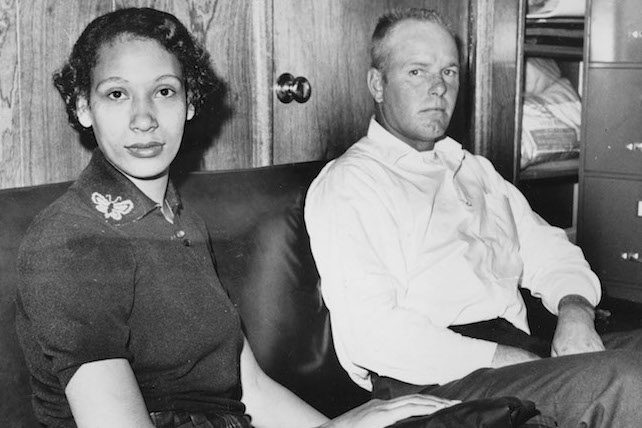On June 12, 1967, the U.S. Supreme Court made a landmark decision in the case of Loving vs. Virginia by striking down state bans on “miscegenation,” or interracial marriage. Now, June 12 is recognized by many as “Loving Day” in honor of Richard and Mildred Loving, the couple whose case represented a significant triumph for civil rights.
“It was God’s work,” Mildred Loving told the Associated Press in an interview in 2007. “It wasn’t my doing.”
Loving Day: The Story of Richard and Mildred Loving
The story of Loving Day begins with Mildred Delores Jeter and Richard Perry Loving, who grew up in Caroline County, Virginia, where their families had lived for many years and where people of different races were friendly with one another. Interracial marriage had been illegal in the state since 1662, and Virginia was one of 24 states that had such laws when the Lovings got married. Those who broke Virginia’s law could serve anywhere from one to five years in prison.
Richard and Mildred became friends when he was 17 and she was 11, and their friendship eventually developed into a romance. Mildred got pregnant at age 18, so the couple traveled 90 miles to Washington D.C., got married, and returned home, where they hung their marriage certificate on the wall.
Five weeks after the Lovings’ wedding, they were awoken around 2 a.m. on July 11, 1958, by Sheriff Garnett Brooks and two of his deputies, who had received an anonymous tip about their relationship. In response to demands about who she was, Mildred said, “I’m his wife.” When Richard pointed to their marriage certificate, the sheriff responded, “That’s no good here,” and arrested them.
Richard spent a night in jail, while Mildred was jailed for several days. The couple ended up taking a plea bargain. In his ruling against them in early January 1959, Judge Leon Bazile said,
Almighty God created the races white, black, yellow, malay, and red, and he placed them on separate continents. And but for the interference with his arrangements there would be no cause for such marriages. The fact that he separated the races shows that he did not intend for the races to mix.
Bazile told the Lovings they could avoid serving year-long prison sentences if they agreed to leave the state of Virginia for 25 years and never returned to visit “together or at the same time.”
“But the way I understood it, the lawyer said, you know, that we could come back to visit when we wanted to,” Mildred told ABC News in an interview after the Lovings won their case. “So that Easter we came back and they got us again.”

